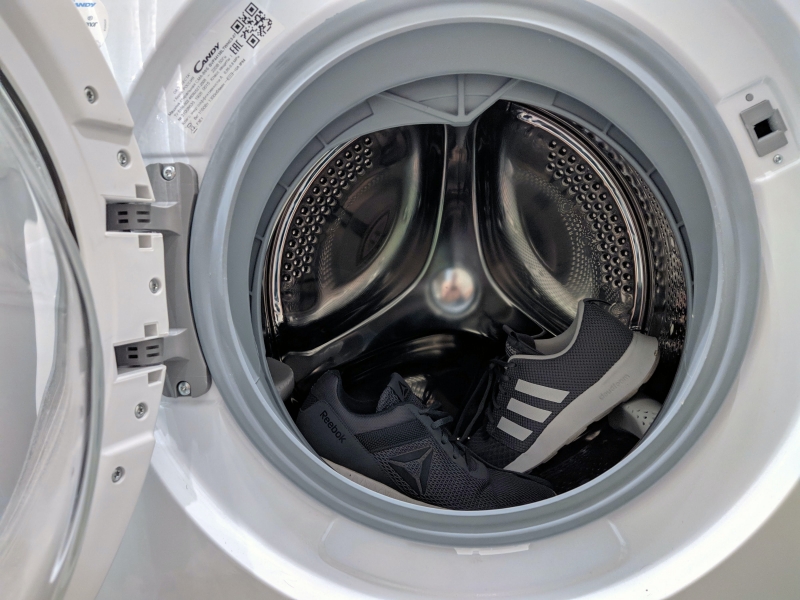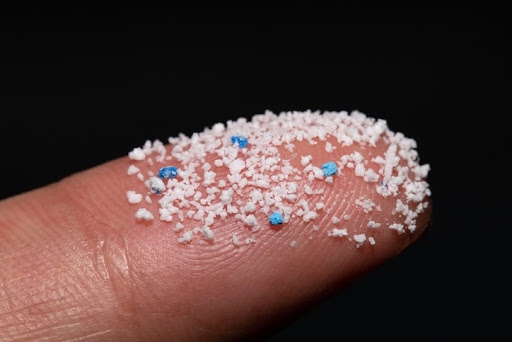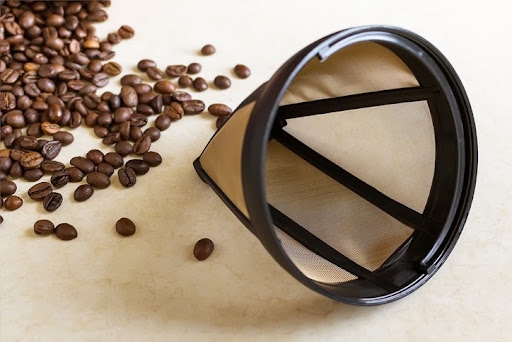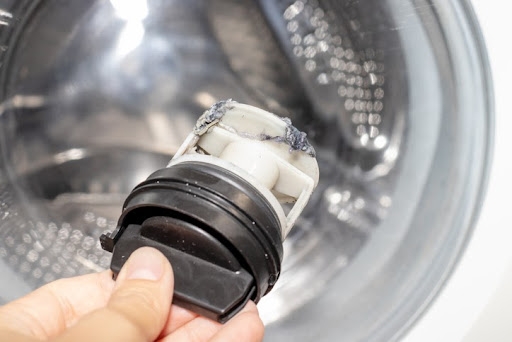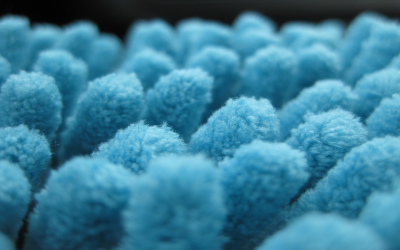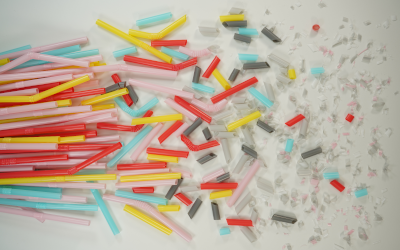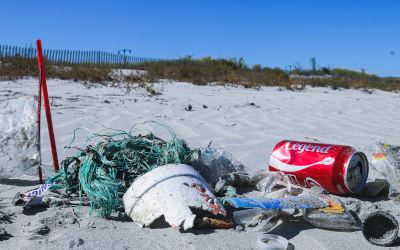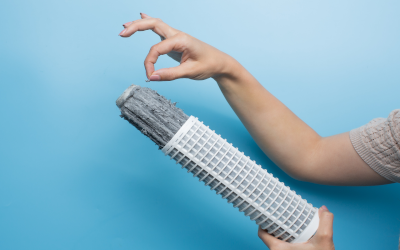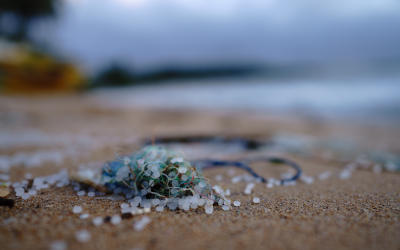
Design a Filter for Microplastics
How This Helps
Filtering water after washing clothes can help prevent harmful plastic microfibres from polluting oceans and shorelines.
What You May Need
Note: Depending on the materials you have, you may choose to make a prototype or simply create a design on paper or using drawing software.
- Paper and pencil
- Recycled materials (plastic water bottles or containers)
- Filter fabrics (gauze, coffee filters, paper towel, old nylons)
- Sand, gravel, pebbles
- Straws, popsicle sticks, elastic bands
- Tape or glue
- Scissors
- Internet access for research
Things To Think About
A water filter can be made using many different materials. The above materials are simply suggestions of what you may use to make your filter.
Before designing your prototype, conduct some research about what materials are good for filtering objects from water. You will want ones which are good at filtering very small objects.
Think about which materials will last multiple uses and how you will attach them together.
What materials will you need?
A water filter can be made using many different materials. The above materials are simply suggestions of what you may use to make your filter.
Before designing your prototype, conduct some research about what materials are good for filtering objects from water. You will want ones which are good at filtering very small objects.
Think about which materials will last multiple uses and how you will attach them together.
Depending on what kind of filter you design, you will need to think about where it will be put to catch microplastics.
Will you install the filter on the hose of your washing machine? Is it something that will go into the washing machine? Is it a bag that your clothes go in?
You may need to do some research on how washing machines work to make your filter as effective as possible.
Where will your filter go?
Depending on what kind of filter you design, you will need to think about where it will be put to catch microplastics.
Will you install the filter on the hose of your washing machine? Is it something that will go into the washing machine? Is it a bag that your clothes go in?
You may need to do some research on how washing machines work to make your filter as effective as possible.
This is the most important question to consider as you design your filter. You need to design a prototype that will actually catch microplastics from your wash water.
To do this, you could create a bag for your clothes to go in. You could also design a filter for your drainage hose or create a product like the Cora Ball that microplastics will stick to in the wash.
This is your chance to get innovative. You can design a brand new solution to reduce microplastic waste!
How will your filter catch microplastics?
This is the most important question to consider as you design your filter. You need to design a prototype that will actually catch microplastics from your wash water.
To do this, you could create a bag for your clothes to go in. You could also design a filter for your drainage hose or create a product like the Cora Ball that microplastics will stick to in the wash.
This is your chance to get innovative. You can design a brand new solution to reduce microplastic waste!
Your filter will only last as long as the materials you used to make it. Since our focus is sustainability, think about how you could create a filter that will last many washes.
We don’t want to make anything that will have to be thrown out right away after it is used.
How long will your filter product last?
Your filter will only last as long as the materials you used to make it. Since our focus is sustainability, think about how you could create a filter that will last many washes.
We don’t want to make anything that will have to be thrown out right away after it is used.
Testing your filter is the only way to find out if it works! If you have designed a filter drawing only, you could do some research to see if there are other filters out there similar to yours. See if anyone has tested them and compare your filter to theirs.
If you built your own prototype, try it in your washing machine! Think about how you will test if it worked. Will you weigh how many microplastics it caught? Will you run your filter with multiple loads of clothes?
Note: If your filter attaches to the drainage hose of your washing machine, make sure you have an adult to help you attach it to avoid leaks.
How will you test your filter product?
Testing your filter is the only way to find out if it works! If you have designed a filter drawing only, you could do some research to see if there are other filters out there similar to yours. See if anyone has tested them and compare your filter to theirs.
If you built your own prototype, try it in your washing machine! Think about how you will test if it worked. Will you weigh how many microplastics it caught? Will you run your filter with multiple loads of clothes?
Note: If your filter attaches to the drainage hose of your washing machine, make sure you have an adult to help you attach it to avoid leaks.
Get Inspired
Go Further
- Compare your filter with one sold at a store or compare with someone else who made a microplastics filter. What were the results?
- Pitch your filter! Create a business plan to sell your filter in your community.

